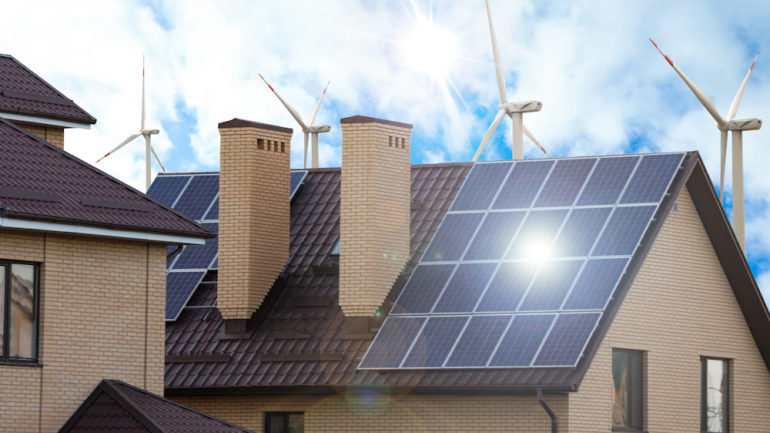Today, huge wind farms are spreading across parts of America. How does having a wind farm next to your property affect its value? Is it cost-effective to let a wind farm be built on your land, given the subsidy you’ll receive? Let’s blow through the hot air and get to the truth.
Visible and audible
Wind turbine farms now speckle the land along U.S. coastlines and across expanses of the desert Southwest. In most cases, these farms are built on vast swaths of land with few homes, if any, sparsely distributed nearby. But as more farms are built, more communities could have wind turbines appearing on nearby land.
It’s impossible to overlook 600-foot towers with giant spinning propellors standing near your house. And in some cases, you can hear the towers as well. If you stand within 200 meters, you can hear a slight swoosh as the blades spin.
Conflicting studies on wind farms
Studies on the impact of wind farms on property values have yielded mixed results. Some studies and expert opinions indicate property values suffer when wind farms are built nearby. For example, a 2018 Canadian study found “strong evidence” that wind turbines had a negative impact on nearby property values in that country. Others, including a report from the Center for Rural Affairs (CFR), refute the naysayers. The CFR report, which cites extensive research, found no relation between the presence of wind farms and decreased property values.
Can you make money with a wind farm on your property?
Landowners leasing space to turbine owners receive annual payments per turbine. This cash flow, however, must be offset by a loss in the property’s value should that occur.
What’s a homeowner to do?
If you are considering buying a property with turbines on it or within sight, have your agent carefully analyze the impact the turbines have on the home’s value. Run comps on nearby properties that do not have turbines within view and compare values. Gather as much information as you can before making a decision. If you are considering buying a property with turbines and would receive payments for them, do a careful cost analysis of the annual income compared to the property without turbines.
Should wind turbines be proposed for your area and you oppose them, become active with citizens’ groups to resist, or hold responsible, the agencies proposing the sites. Be sure that construction approvals are strictly scrutinized. Make it clear that you are not opposed to renewable energy, but insist that wind farms be placed in remote areas where the energy benefits do not come with a risk of property devaluation.
Related – Do High Power Lines Endanger Our Health?


